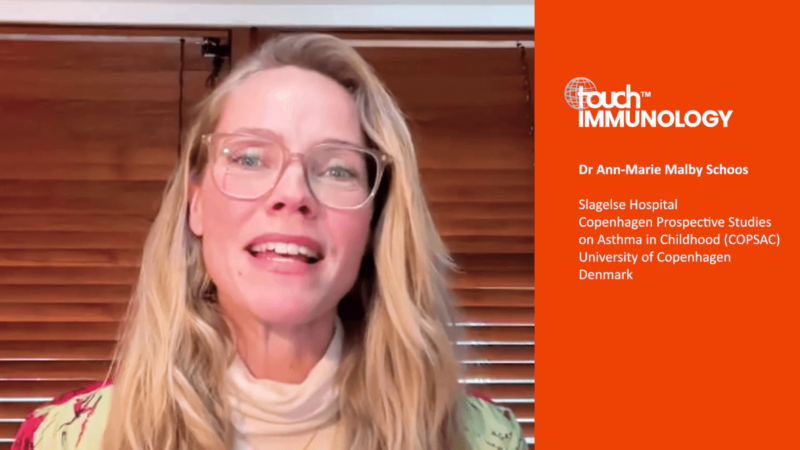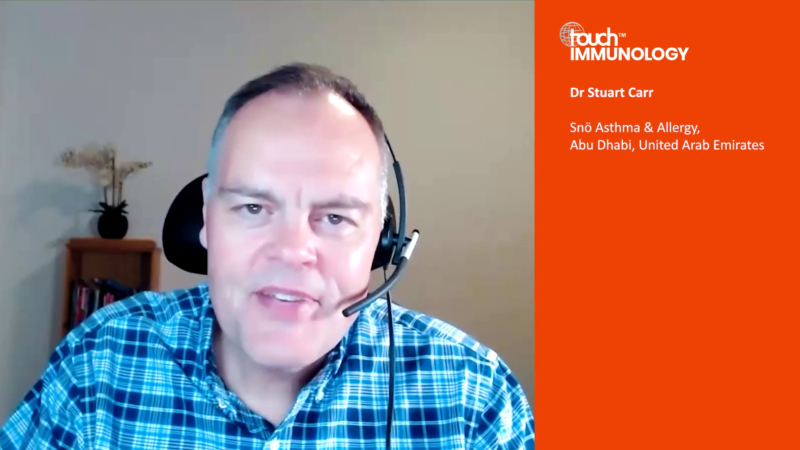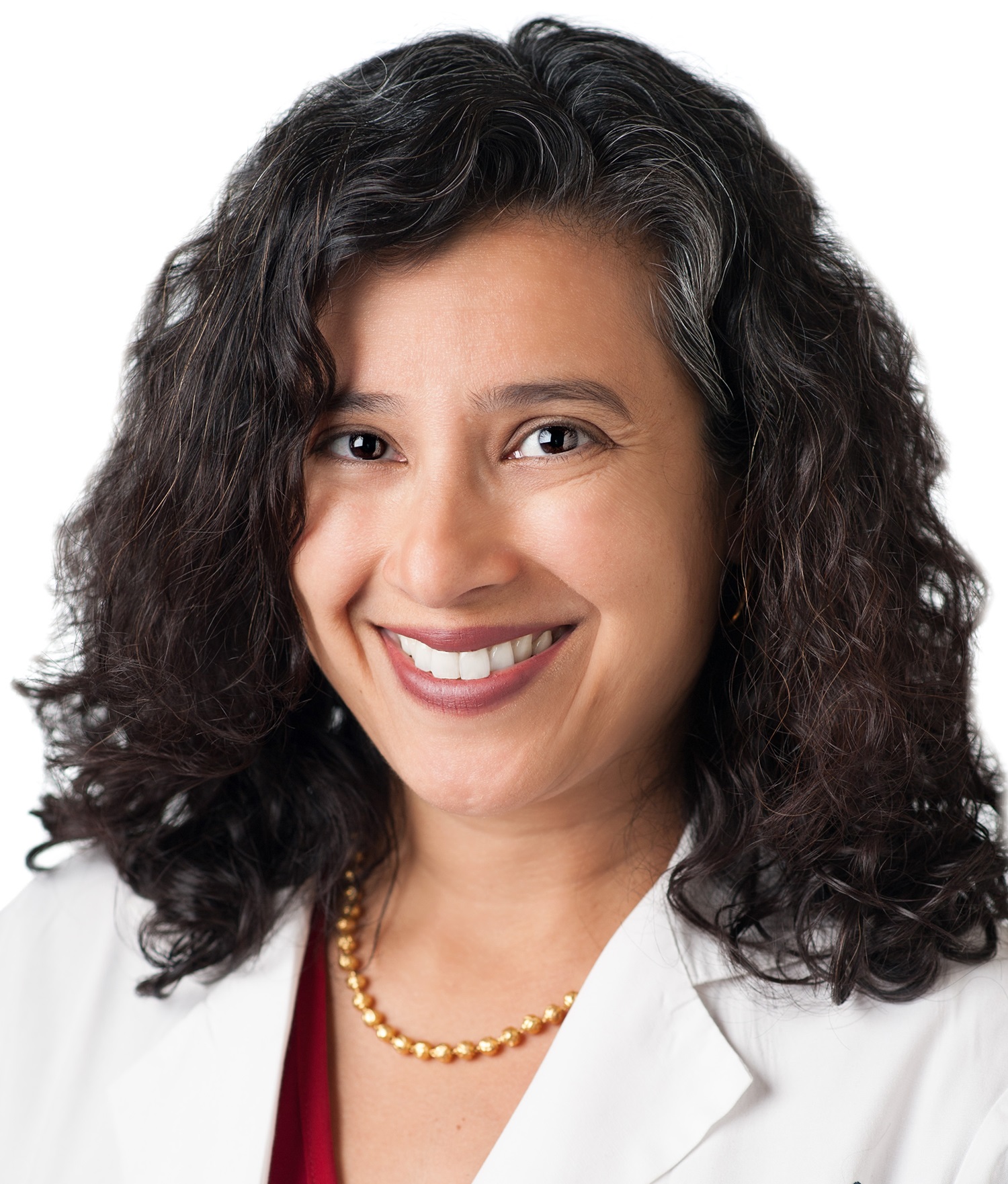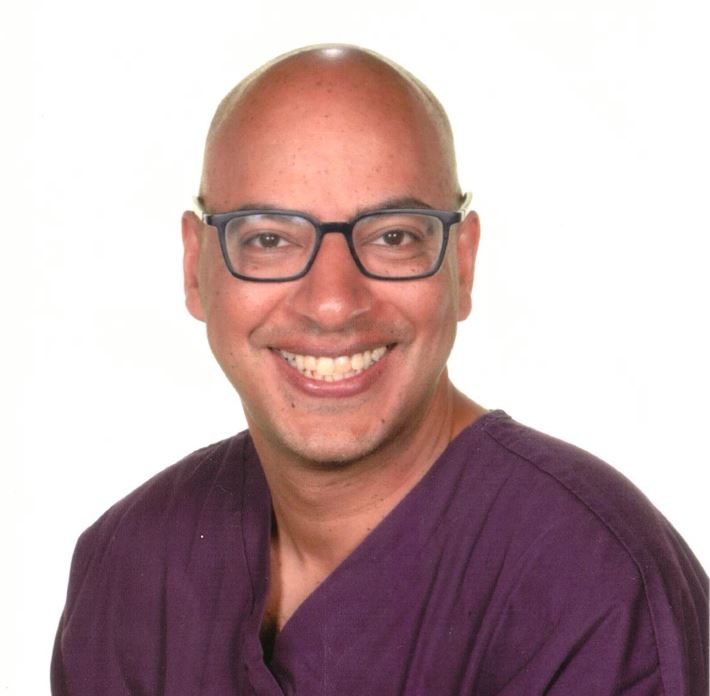touchEXPERT OPINIONS
 Experts answer questions with in-depth advice on the current clinical landscape and how new therapies and guidance might impact regional clinical practice. Useful tips below will show how to navigate the activity.
Close
Experts answer questions with in-depth advice on the current clinical landscape and how new therapies and guidance might impact regional clinical practice. Useful tips below will show how to navigate the activity.
Close
 Experts answer questions with in-depth advice on the current clinical landscape and how new therapies and guidance might impact regional clinical practice. Useful tips below will show how to navigate the activity.
Close
Experts answer questions with in-depth advice on the current clinical landscape and how new therapies and guidance might impact regional clinical practice. Useful tips below will show how to navigate the activity.
Close
Diagnosing and treating patients with EoE: Tackling the difficulties
Learning Objectives
After watching this activity, participants should be better able to:
- Identify key clinical features of EoE in children and adults
- Explain the diagnostic pathway for EoE and define the usefulness of minimally-invasive tests and tools for diagnosis and monitoring of EoE
- Summarize the efficacy and safety data for biologics in patients with EoE
Overview
Three experts discuss the challenges related to recognizing, diagnosing and treating patients with eosinophilic oesophagitis (EoE) and highlight how advances in diagnostic tools and emerging treatments may impact future care.
This activity is jointly provided by USF Health and touchIME. read more
Target Audience
Allergists, immunologists, gastroenterologists, paediatricians, dietitians, specialty/advanced nurse practitioners, physician assistants and primary health care primary care physicians and nurses involved in the management of EoE.
Disclosures
USF Health adheres to the Standards for Integrity and Independence in Accredited Continuing Education. All individuals in a position to influence content have disclosed to USF Health any financial relationship with an ineligible organization. USF Health has reviewed and mitigated all relevant financial relationships related to the content of the activity. The relevant relationships are listed below. All individuals not listed have no relevant financial relationships.
Faculty
Dr Efrem Eren discloses: Advisory board or panel fees from Dr Falk Pharma and Pharming. Speaker bureau fees from Dr Falk Pharma.
Dr Nirmala Gonsalves discloses: Advisory board or panel fees from Sanofi Regeneron. Consultancy fees from Allakos, AstraZeneca and Bristol Myers Squibb. Speaker bureau fees from Sanofi Regeneron.
Dr Jamal Hayat discloses: Advisory board or panel fees from Dr Falk Pharma (relationship terminated). Grant/research support from Medtronic.
Content reviewer
Angela M. Hill, Pharm.D., CRPh, has no relevant financial relationships to disclose.
Touch Medical Contributors
Kathy Day has no financial interests/relationships or affiliations in relation to this activity.
USF Health Office of Continuing Professional Development and touchIME staff have no financial interests/relationships or affiliations in relation to this activity.
Requirements for Successful Completion
In order to receive credit for this activity, participants must review the content and complete the post-test and evaluation form. Statements of credit are awarded upon successful completion of the post-test and evaluation form.
If you have questions regarding credit please contact cpdsupport@usf.edu.
Accreditations
Physicians
This activity has been planned and implemented in accordance with the accreditation requirements and policies of the Accreditation Council for Continuing Medical Education (ACCME) through a joint providership of USF Health and touchIME. USF Health is accredited by the ACCME to provide continuing medical education for physicians.
USF Health designates this enduring material for a maximum of 0.75 AMA PRA Category 1 CreditTM. Physicians should claim only the credit commensurate with the extent of their participation in the activity.
The European Union of Medical Specialists (UEMS) – European Accreditation Council for Continuing Medical Education (EACCME) has an agreement of mutual recognition of continuing medical education (CME) credit with the American Medical Association (AMA). European physicians interested in converting AMA PRA Category 1 CreditTM into European CME credit (ECMEC) should contact the UEMS (www.uems.eu).
Advanced Practice Providers
Physician Assistants may claim a maximum of 0.75 Category 1 credits for completing this activity. NCCPA accepts AMA PRA Category 1 CreditTM from organizations accredited by ACCME or a recognized state medical society.
The AANPCP accepts certificates of participation for educational activities approved for AMA PRA Category 1 CreditTM by ACCME-accredited providers. APRNs who participate will receive a certificate of completion commensurate with the extent of their participation.
Date of original release: 13 February 2024. Date credits expire: 13 February 2025.
If you have any questions regarding credit please contact cpdsupport@usf.edu.
To obtain the CE/CME credit(s) from this activity, please complete this post-activity test.
Claim CreditYou may also be interested in...

REGISTER NOW FOR FREE ACCESS TO
- 1000+ topical and insightful peer-reviewed journal articles
- 100+ hours of bite-sized congress highlights
- 10 major therapy areas packed with the latest scientific advances
- 150+ specialties offering learn-on-the-go medical education
- + Concise email updates and newsletters so you never miss out


















